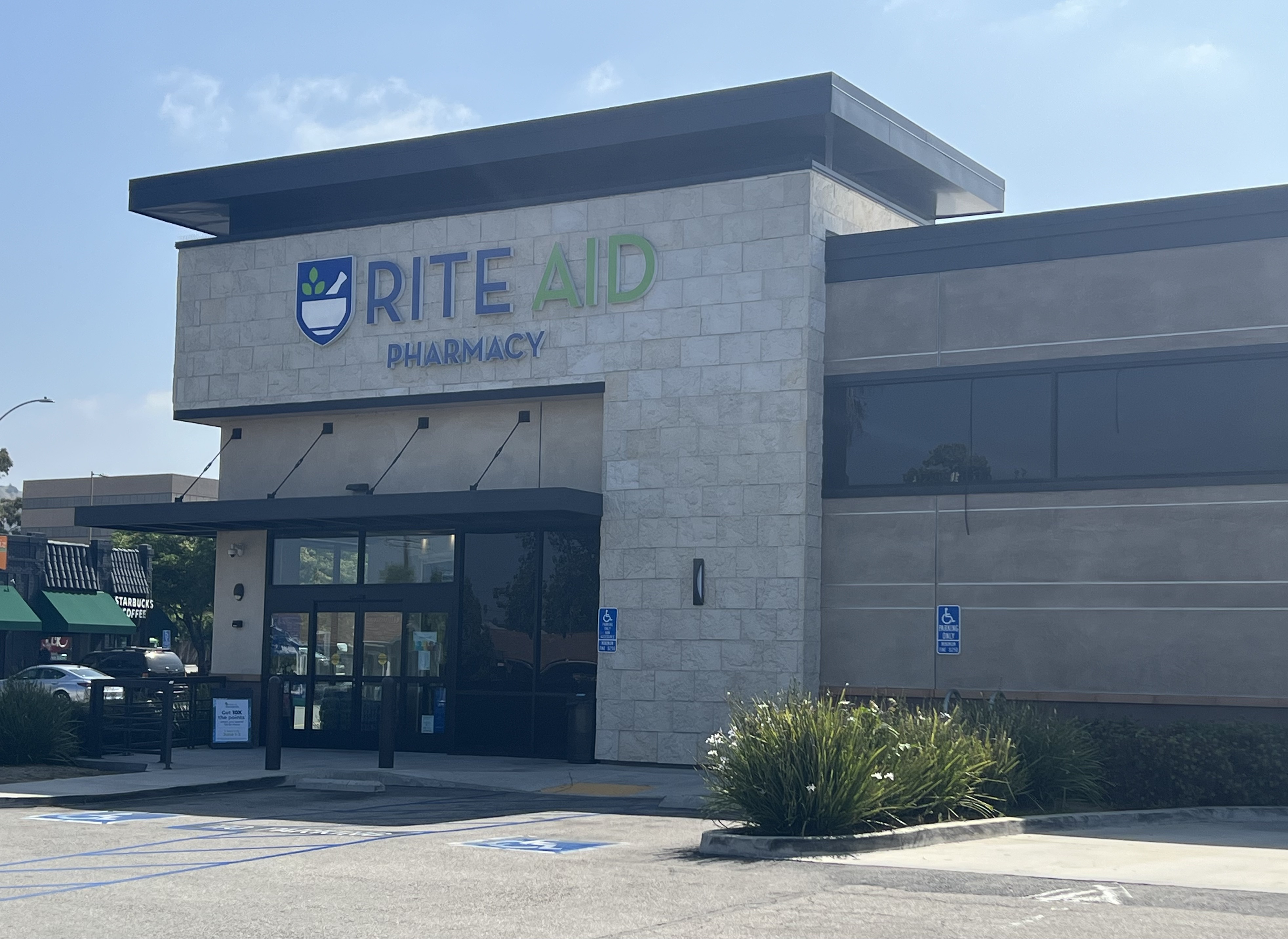As the COVID-19 pandemic surges again, people of color in Oregon continue to be harder hit
Published 3:00 pm Tuesday, July 14, 2020
More than a month ago, Oregon’s top health administrator issued an apology and stated a grim fact: People of color were disproportionally testing positive for the novel coronavirus.
“A centuries-long history of racism and oppression have led to the very health conditions that exacerbate the impacts of COVID-19,” Pat Allen, the Oregon Health Authority’s administrator said on June 2. “And we at OHA were, frankly, too slow to recognize that threat and act on it. For that, I’m truly sorry.”
Oregon pledged to do better. Officials announced they would increase coronavirus testing among Black, Latinx and Pacific Islander Oregonians. And they would issue $25 million in grants to culturally specific community groups across the state to conduct outreach and contract tracing in marginalized communities from the Portland suburbs to farms and factories in rural counties.
In the month since that mea culpa, however, positive cases rose sharply as the state reopened and some people returned to bars, restaurants and shopping centers. In a state whose population is 75% white, roughly two-thirds of new positive cases were found among people of color.
It likely won’t be clear for months whether the additional outreach measures are working. That’s an eternity given the virus’ ability to spread silently and exponentially. State health officials in recent weeks have tried to sound alarms about the dramatic rise in cases tied to workplaces and increased socializing at home and with friends.
The challenges in addressing racial disparities in the pandemic are many: People of color are more likely to be essential workers, more likely to be unable to work remotely, more likely to have health issues that could be exacerbated by the coronavirus.
Dr. Laura Byerly, medical director for Virginia Garcia Memorial Health Center, said 12.5% of Latinx people tested at their sites were positive. That compares to the recent statewide positive rate of about 6%. Racism and lower socio-economic status play a part in the elevated rates, she said. Despite coordinated efforts from public, private and nonprofit sectors, she said, there are so many unknowns about the new virus still and many intrinsic barriers to surmount.
“They’re not going to be able to upturn the whole social order in six months,” she said of state health officials.
In Washington County, an agricultural powerhouse and the state’s second most populous county, 53% of all known cases as of this month were in the Latinx community. Latinx residents comprise 17% of its overall population. In Multnomah County, Black residents account for 14% of all cases, despite representing 7% of the population. Statewide, Pacific Islanders comprise 3% of all cases but are just 0.4% of Oregon’s population.
As COVID-19 cases rise, it’s difficult to determine whether the state is fulfilling its own goals of testing more people of color. The state doesn’t track the race or ethnicity of people who are tested for coronavirus — only that of people who test positive. So, the state can’t say if people of color are being tested in proportion to their presence in Oregon, nor does it know how positive testing rates vary by race.
In a call with reporters last week, state epidemiologist Dean Sidelinger said people of color “may have difficulty accessing testing.” He said the state was doing everything it could to make testing available to “all Oregonians, not just white Oregonians.”
In the short legislative session last month, lawmakers approved a special COVID-19 related bill to require health care providers collect and share racial and ethnic demographic data with the state. It became law immediately, but state health officials must enact rules spelling out the requirements before they can be enforced.
Oregon is once again dealing with what officials say is “strained” testing capacity. Instead of taking two to three days to obtain test results, it can now take a week or more. “We need to substantially increase that [capacity] again,” Allen said Monday.
The disproportionate effects on Black and brown Oregonians is not an Oregon-only problem, nor is the lack of reliable and comprehensive demographic data.
A New York Times analysis of trends from more than 1 million infections, data it won access to from the Centers for Disease Control through a lawsuit, found Black and Latinos were more than twice as likely to test positive for COVID-19 as whites. For Latinos, that figure is teetering on three times more likely.
The federal data, like Oregon’s, is incomplete. It only ran through May, the Times reported, and doesn’t include details on at least half the cases through that period nor how infected people came in contact with the virus.
In Oregon, health officials point to the “devastating impact” of COVID-19 on the Latinx community – noting outbreaks in food packing and agricultural worksites as a particular concern. People of color are overrepresented in such workplaces and that has “perhaps” contributed to higher infection rates in those communities, they say.
“This highlights the challenges of controlling COVID-19 in settings where people must work or live in close proximity,” the state said in an email.
In May, the state pushed through emergency workplace rules in hopes of addressing the crisis. Agriculture employers would need to comply with various social distancing guidelines, like retooling temporary housing on farms to separate beds six feet or more; provide face coverings to employees riding in employer-provided vehicles; and meet additional sanitation requirements.
Reyna Lopez, executive director at PCUN, Oregon’s farmworkers union representing some 6,000 workers, said the COVID-19 crisis is challenging for workplaces with the best intentions.
Lopez’s mother works at a food processor in Dallas, where her employer took steps to install Plexiglas panels to separate workers, deep clean the work area and provide masks. Still, that wasn’t enough as the plant saw seven confirmed cases last month.
“They did it right and there were still outbreaks,” Lopez said.
She said that experience highlighted the fact those workers, many of whom are bussed from immigrant communities in Northeast Salem to the plant, are unable to quarantine at home.
People of color in Oregon are more likely to live in multiple-generational households.
Across many Black, Indigenous and People of Color communities, there are an additional cascading set of circumstances that lead to vulnerabilities: a lack of trust in government, access to healthcare issues and higher rates of diseases like diabetes that are shown to raise coronavirus risks.
Lopez said many workers don’t want to risk losing hours. “If people have it,” she said of the virus, “and they don’t want to get tested, they’re spreading it.”
She said while testing has increased from the nonexistent levels at the beginning of the pandemic, there are still issues. She said it needs to be as available as possible, and that’s not currently the case. Lopez said she gets frequent Facebook messages from people asking where they can get tests and where they can do it for free.
Lopez is worried about he added strain as harvest season continues for various crops throughout the summer and into the fall. “People are feeling the pressure of it.”
Dave Dillon, executive vice president of the Oregon Farm Bureau, said employers are feeling the strain, too.
He said many farmers were already in a rough spot for years before the virus hit – facing “economic distress” and market disruptions along the supply chain.
The new workplace safety guidelines are important, he said, but also a stressor for some businesses, especially the smaller operations. “There is a capacity limit and I think a lot of our members are right on that line and maybe a little past it in terms of keeping things together,” he said.
The state so far has declined to add another responsibility to these workplaces by requiring testing in certain industries. OHA officials intimated that may be in part due to testing supply constraints. “OHA has worked with employers to provide on-site testing, but we have more work to do to make that testing easily available and affordable (or free) and to develop more proactive testing strategies,” the agency said. “Many employers have been very proactive in testing agricultural workers either during an outbreak investigation or prior to employment.”
Dillon said workplace outbreaks are often “an incomplete story. He said workers bring the disease with them from home. “But you’ve portrayed here’s this company that has an outbreak,” Dillon said.
In the totality of the pandemic more than two-thirds of presumed cases originated from contact with a confirmed case. But in recent weeks, that trend has been erased, as so-called “sporadic” cases driven by undetermined community spread slightly outpaced the combined effects of workplace outbreaks and household spread.
State officials point to family gatherings as a likely cause, and they’ve stressed that people should maintain social distance and stay outside and wears masks if possible. By far the largest known outbreak among Pacific Islanders in Oregon was tied to a La Grande-area church that held large worship services without social distancing before more than 240 members were sickened.
On Monday, Gov. Kate Brown banned indoor social gatherings of 10 or more people.
Thus far, people of color are not significantly overrepresented among Oregonians who have died from the virus. Pacific Islanders are a notable outlier, however, with six deaths among their population through last week representing 1.9% of all fatalities.
Black Oregonians represent 4.3% of total cases, nearly twice the statewide population, and account for nearly 12% of total hospitalizations.
In Multnomah County, Black residents account for 14% of total positive cases.
The county has tried to step up culturally specific testing sites, offering drive-through testing twice a week targeted toward BIPOC communities, including a Monday testing site that drew a visit from U.S. Sen. Ron Wyden.
Last month, it held a separate testing program at a North Portland institution.
Tony Hopson, president and CEO of North Portland’s Self Enhancement Inc., said the test program at his center drew roughly 280 to 290 participants, roughly 1% of whom tested positive.
He said that’s illustrative of the challenge facing health officials: People with the most know-how and connections are the most likely to be tested.
“Let’s ride by Dawson Park,” he said of the spot adjacent to Legacy Emanuel Medical Center. “All the brothers that are sitting up there playing dominoes, those are the ones who need to be tested.” He said the hundreds who came to SEI are already plugged in.
But Hopson applauded the county for taking steps to increase outreach while saying more should be done. He said that’s not true for the state. “They haven’t stepped back in and tried to do anything,” Hopson said.
Rachael Banks, Multnomah County’s public health director, said outreach is improving and becoming more focused.
‘We’ve set a higher bar here in Multnomah County,” she said, saying the office has resources in multiple languages and in oral format.
She agreed with Hopson that more specific and targeted outreach to BIPOC folks is critical. She said her office targeted specific apartment complexes and has tried to hone its social media message. “We have to be more precise,” she said.
She said the county is still assessing data, but recent surges have largely been among younger people.
There’s a concern that people may not get the message to find testing, if they can, and to isolate. If that message doesn’t land, she is worried that the virus could further spread to older folks in the community who may be more at risk.
Banks said the county has taken good steps and had connection with the Black community to address chronic diseases, a partnership that extends back a decade. Those relationships are key, she said.
“That said, I wish we were able to move a lot faster in the beginning,” she added.
This article was originally published by The Oregonian/OregonLive, one of more than a dozen news organizations throughout the state sharing their coverage of the novel coronavirus outbreak to help inform Oregonians about this evolving heath issue.





